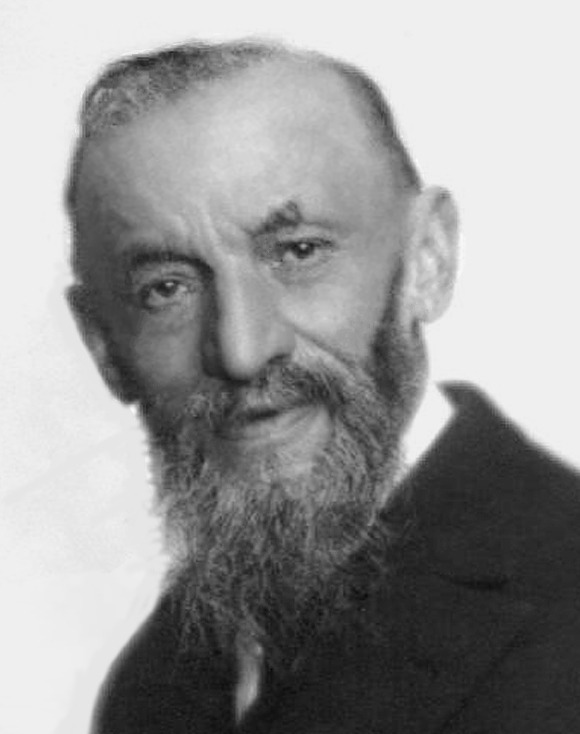Arithmetices principia, nova methodo exposita on:
[Wikipedia]
[Google]
[Amazon]
 The 1889 treatise ''Arithmetices principia, nova methodo exposita'' (''The principles of arithmetic, presented by a new method'') by
The 1889 treatise ''Arithmetices principia, nova methodo exposita'' (''The principles of arithmetic, presented by a new method'') by
 The 1889 treatise ''Arithmetices principia, nova methodo exposita'' (''The principles of arithmetic, presented by a new method'') by
The 1889 treatise ''Arithmetices principia, nova methodo exposita'' (''The principles of arithmetic, presented by a new method'') by Giuseppe Peano
Giuseppe Peano (; ; 27 August 1858 – 20 April 1932) was an Italian mathematician and glottologist. The author of over 200 books and papers, he was a founder of mathematical logic and set theory, to which he contributed much Mathematical notati ...
is widely considered to be a seminal document in mathematical logic
Mathematical logic is the study of Logic#Formal logic, formal logic within mathematics. Major subareas include model theory, proof theory, set theory, and recursion theory (also known as computability theory). Research in mathematical logic com ...
and set theory
Set theory is the branch of mathematical logic that studies Set (mathematics), sets, which can be informally described as collections of objects. Although objects of any kind can be collected into a set, set theory – as a branch of mathema ...
, introducing what is now the standard axiomatization of the natural number
In mathematics, the natural numbers are the numbers 0, 1, 2, 3, and so on, possibly excluding 0. Some start counting with 0, defining the natural numbers as the non-negative integers , while others start with 1, defining them as the positive in ...
s, and known as the Peano axioms
In mathematical logic, the Peano axioms (, ), also known as the Dedekind–Peano axioms or the Peano postulates, are axioms for the natural numbers presented by the 19th-century Italian mathematician Giuseppe Peano. These axioms have been used nea ...
, as well as some pervasive notations, such as the symbols for the basic set operations ∈, ⊂, ∩, ∪, and ''A''−''B''.
The treatise is written in Latin
Latin ( or ) is a classical language belonging to the Italic languages, Italic branch of the Indo-European languages. Latin was originally spoken by the Latins (Italic tribe), Latins in Latium (now known as Lazio), the lower Tiber area aroun ...
, which was already somewhat unusual at the time of publication, Latin having fallen out of favour as the lingua franca
A lingua franca (; ; for plurals see ), also known as a bridge language, common language, trade language, auxiliary language, link language or language of wider communication (LWC), is a Natural language, language systematically used to make co ...
of scholarly communications by the end of the 19th century. The use of Latin in spite of this reflected Peano's belief in the universal importance of the work – which is now generally regarded as his most important contribution to arithmetic – and in that of universal communication. Peano later published works both in Latin and in his own artificial language, Latino sine flexione
Latino sine flexione ("Latin without inflections"), Interlingua de Academia pro Interlingua (IL de ApI) or Peano's Interlingua (abbreviated as IL) is an international auxiliary language compiled by the Academia pro Interlingua under the chairmansh ...
, which is a grammatically simplified version of Latin.
Peano also continued to publish mathematical notation
Mathematical notation consists of using glossary of mathematical symbols, symbols for representing operation (mathematics), operations, unspecified numbers, relation (mathematics), relations, and any other mathematical objects and assembling ...
s in a series from 1895 to 1908 collectively known as Formulario mathematico
''Formulario Mathematico'' (Latino sine flexione: ''Formulary for Mathematics'') is a book by Giuseppe Peano which expresses fundamental theorems of mathematics in a Symbolic language (mathematics), symbolic language developed by Peano. The autho ...
.
References
External links
* English translation (with original Latin): https://github.com/mdnahas/Peano_Book/blob/master/Peano.pdf * Original treatise (in Latin, scanned) at Internet Archive: https://archive.org/details/arithmeticespri00peangoog Arithmetic Books about mathematics 1889 non-fiction books 19th-century books in Latin {{mathematics-lit-stub